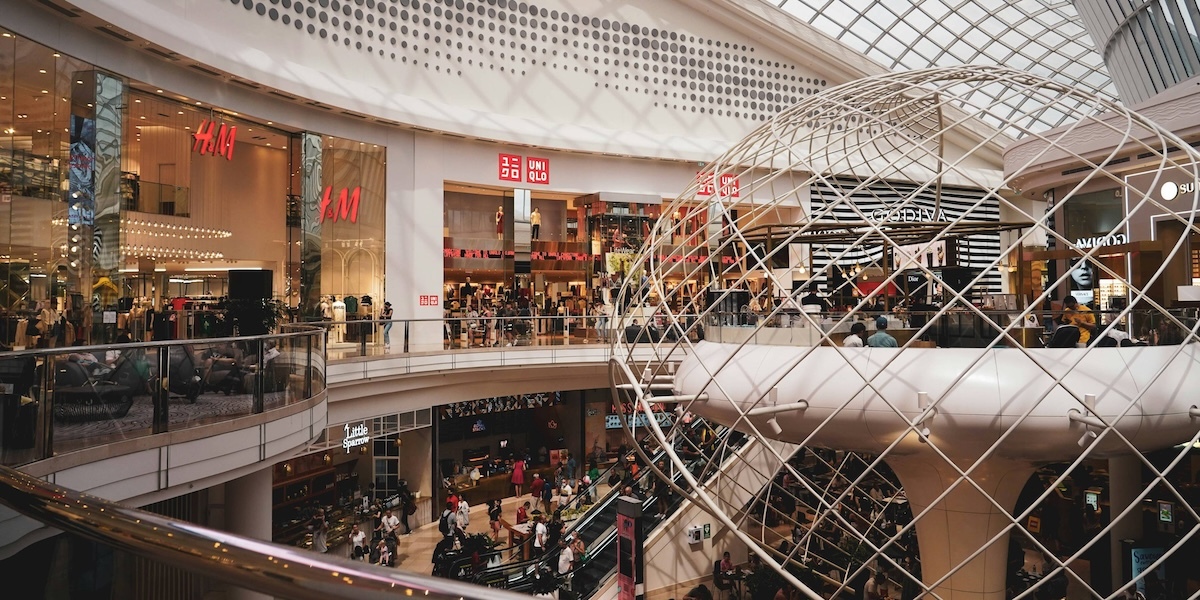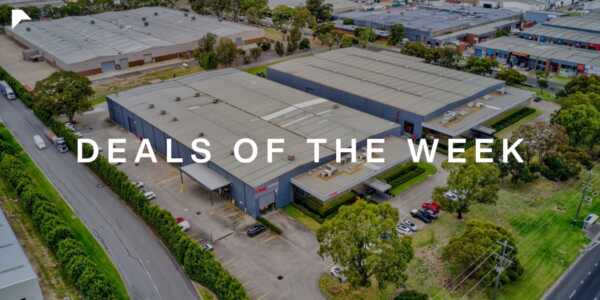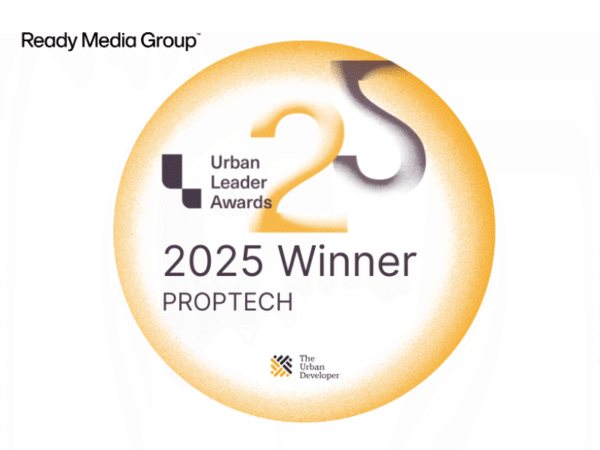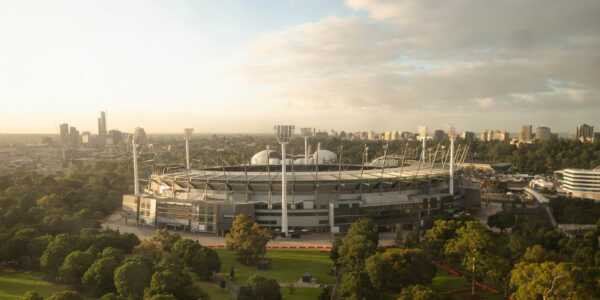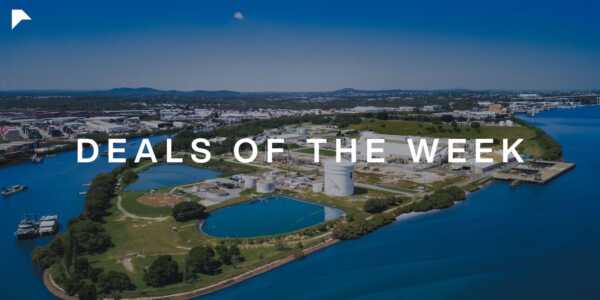Australia’s regional shopping centres are evolving into experience-led destinations to capture investor attention as vacancy rates tighten and new development slows.
According to CBRE’s Regional Shopping Centres Reimagined report, landlords are reconfiguring their assets around dining, wellness, culture, and sport to lift engagement, extend dwell time, and reinforce their role as community hubs.
CBRE’s Australian Head of Retail Research, Kate Bailey, said the evolution in centre design was helping future-proof assets in a rapidly changing retail landscape.
“By creating immersive, Instagram-worthy spaces, centres are able to guard against the impacts of e-commerce and drive foot traffic, boost engagement, and future-proof retail by meeting consumer demands,” Ms Bailey said.
Pipeline Shrinks, Returns Strengthen
CBRE’s analysis shows existing assets are reaping the benefits of a constrained supply environment.
The national regional shopping centre development pipeline has fallen to half its 10-year average since 2020, while construction costs have surged by around 30% over the past five years.
This has underpinned strong occupancy and steady leasing conditions.
Effective rents, which dipped between 2020 and 2022, have rebounded since 2022, with re-leasing spreads turning positive in 2023.
The national vacancy rate now stands at 2.7%, with metro centres averaging 1.9% and non-metro areas at 3.8%.
Post-2000 centres continue to outperform older assets, reflecting investor demand for modern, flexible formats primed for mixed-use evolution.
Mini Majors Lead the Shift
As shoppers favour convenience and value, regional centres are recalibrating their tenant mix.
Fashion’s long-standing dominance has waned, falling by around three percentage points since 2017, as landlords prioritise categories that deliver consistent sales and repeat visitation.
Mini majors — mid-sized retailers offering daily needs, health, beauty, and discount value — now occupy 32% of regional centre floorspace, making them the largest category.
Ms Bailey said their ability to drive reliable foot traffic and resilient sales performance makes them particularly attractive in the current market.
“Landlords are looking to mini majors as their larger footprints allow immersive displays and multiple lines of product,” she said.
“For retailers, it’s often more economical to consolidate into one expansive location than operate multiple smaller sites.”
Dining and Leisure Drive Traffic
Food and beverage remain among the sector’s most robust and revenue-generating categories.
Investment in high-quality dining precincts is transforming centres into social destinations and driving cross-spend.
At Pacific Epping’s Hunter & Gatherer Market Precinct, street-style stalls and cafés have created a vibrant social hub, while Westfield Mt Gravatt’s Rooftop Oasis offers a green retreat that encourages visitors to relax, meet friends or work remotely.
“These activations attract visitors at non-traditional times, like going to the gym first thing in the morning and eating at restaurants at night, increasing traffic beyond standard shopping hours,” she said.
“They also extend dwell time by giving shoppers more reasons to stay, ultimately driving higher overall spend.”
Sport and Wellness Pull Crowds
Looking ahead, the report identifies sport and wellness as the next major frontier for experience-driven retail.
Developers are exploring basketball courts, fitness clubs and wellness hubs to diversify visitor profiles and deepen community engagement.
Recent examples include the development application for a three-court basketball stadium at Forest Hill Chase in Melbourne, Rebel’s rooftop Stephen Curry Court at Emporium Melbourne, and Westfield Bondi Junction’s Virgin Active premium wellness club.
“Shoppers are increasingly health-conscious and investing more in activewear, wellness products, and fitness,” she said.
“Landlords who embrace this shift can boost foot traffic and deliver stronger results for their centres.”



